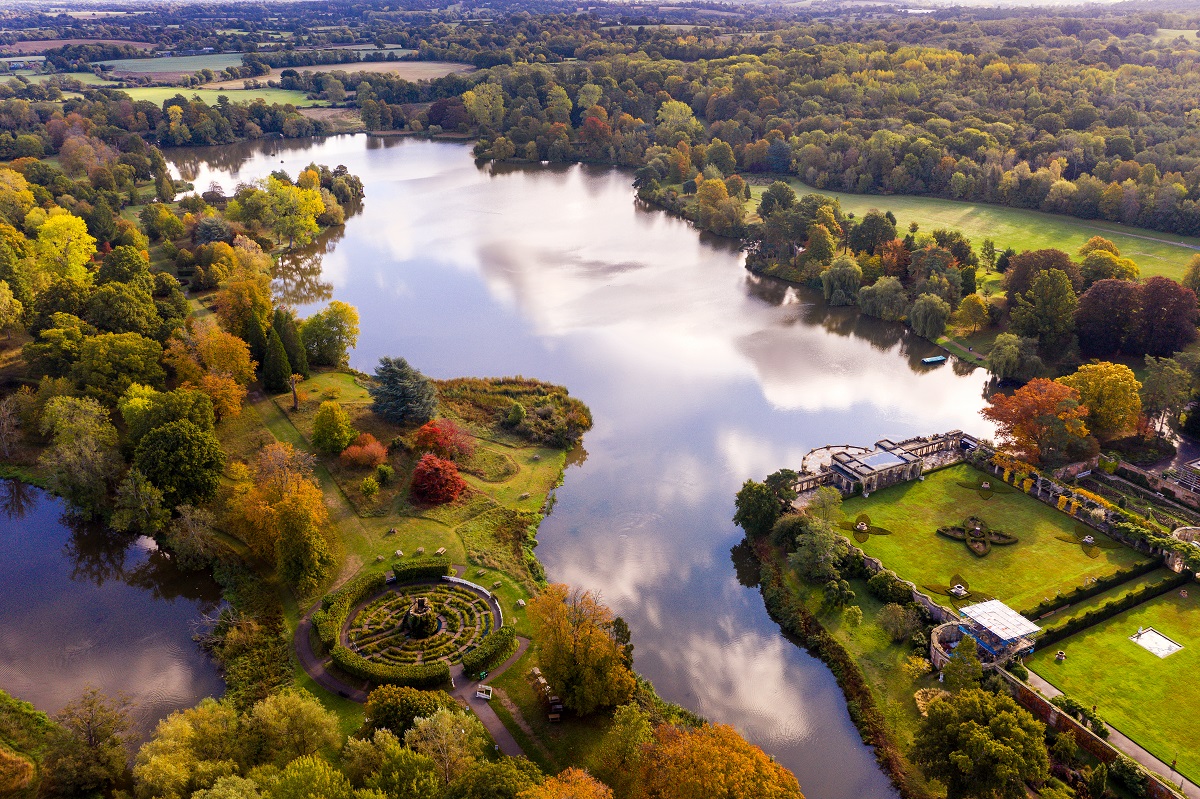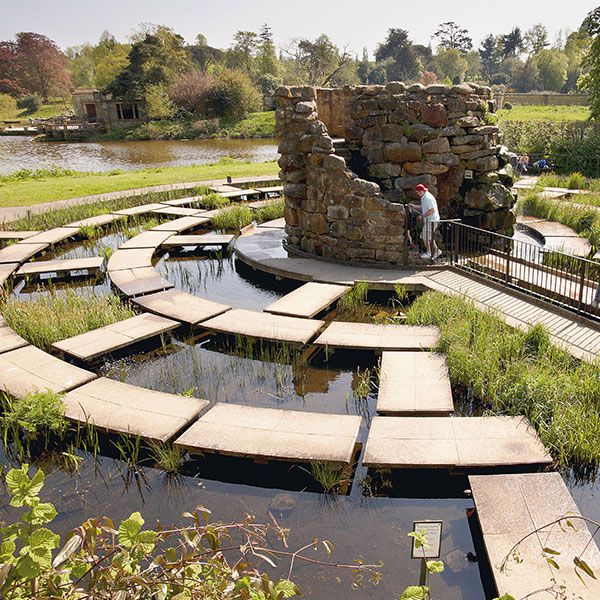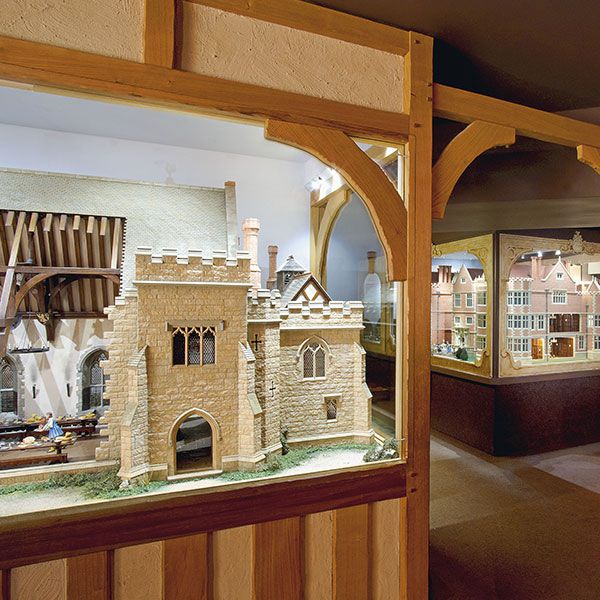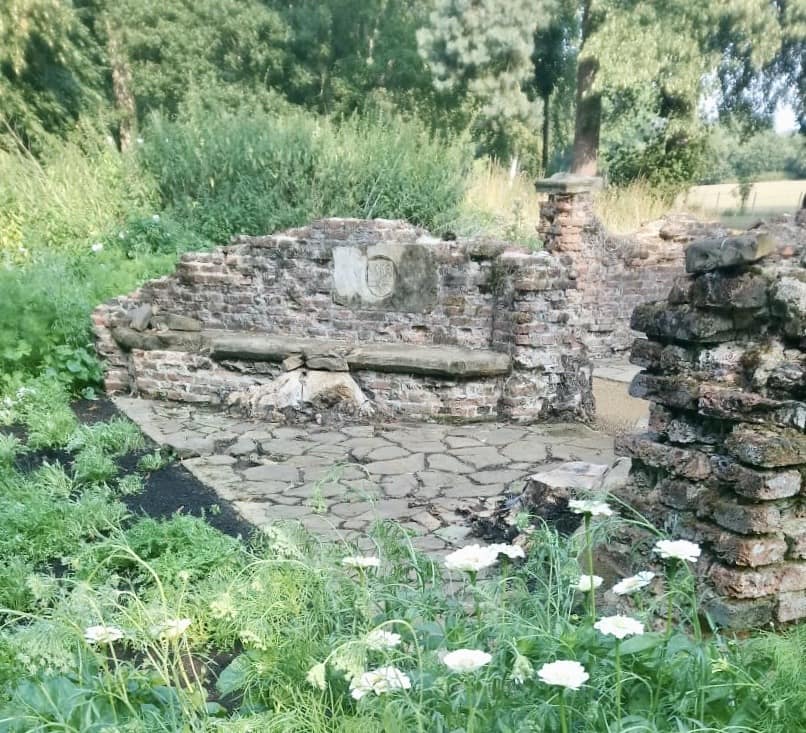
Anne of Cleves Bower House
The Anne of Cleves Bower House folly can be viewed from the pathway close to the Lake. The folly, which bears Anne of Cleves’ crest in two places, is close to the riverside bower, the only original section of the river that runs through the estate. It was hidden among the undergrowth and was rediscovered by Head Greenkeeper at Hever Castle Golf Club, Rob Peers when he was clearing the banks of the river to create flower meadows.
The origin of this folly is unknown. It is assumed to have been the brainchild of owner William Waldorf Astor, as it appears on maps dating back to this time, or perhaps even Anne of Cleves herself as the bricks appear to be much older.
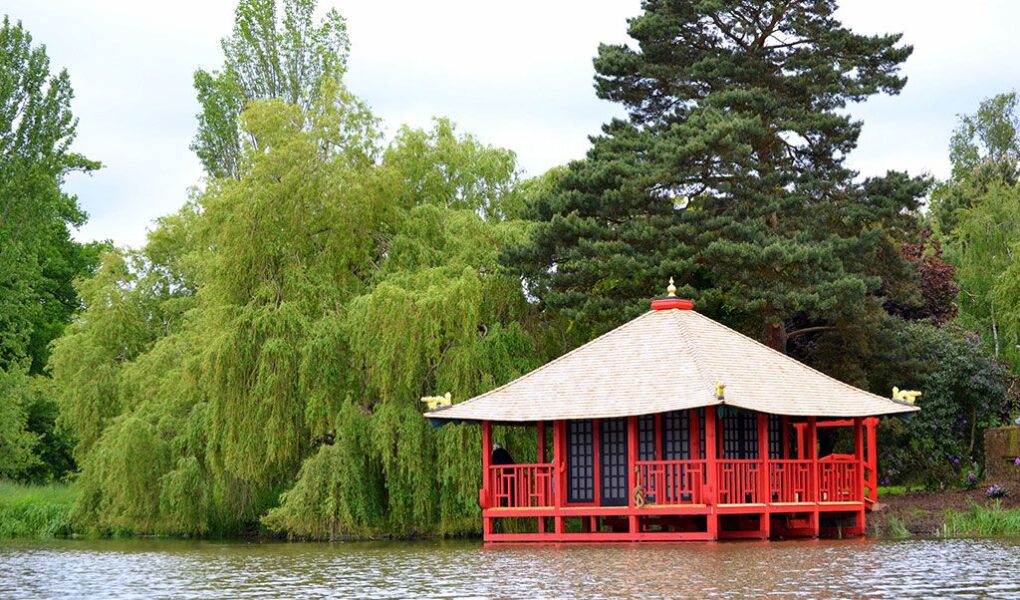
Japanese Tea House
Built on the edge of the lake on the peninsula of Sixteen Acre Island, the Japanese Tea House Folly is best viewed from the Loggia. For a closer view of the Folly you can hire a boat to row across the lake or take the Lake Walk. Visitors can walk around and sit under the veranda but the interior is closed to the public.
Re-constructed in 2013 to mark the 30th anniversary of the Guthrie family buying Hever Castle, the Tea House Folly was designed to recapture the idea and purpose of the original Edwardian Tea House rather than trying to emulate an authentic tea house. Although it formed an integral part of the landscape design, the original Tea House was knocked down to make way for a pill box during the Second World War. Sadly, most of the plans and photographs were kept in the cellars along with other archive material and destroyed when the Castle was subjected to two terrible floods in 1958 and 1968.
Designed by Stephen Langer Associates and built by local oak framing company, Scott Partnership, work began on the Folly in April 2013. Traditional timber framing techniques and locally sourced timber, some from the Hever Castle estate, were used to form the main structure. The striking red colour of the Tea House adds to its Japanese appearance, as do the four gold dragons sitting proudly on each corner of the roof.
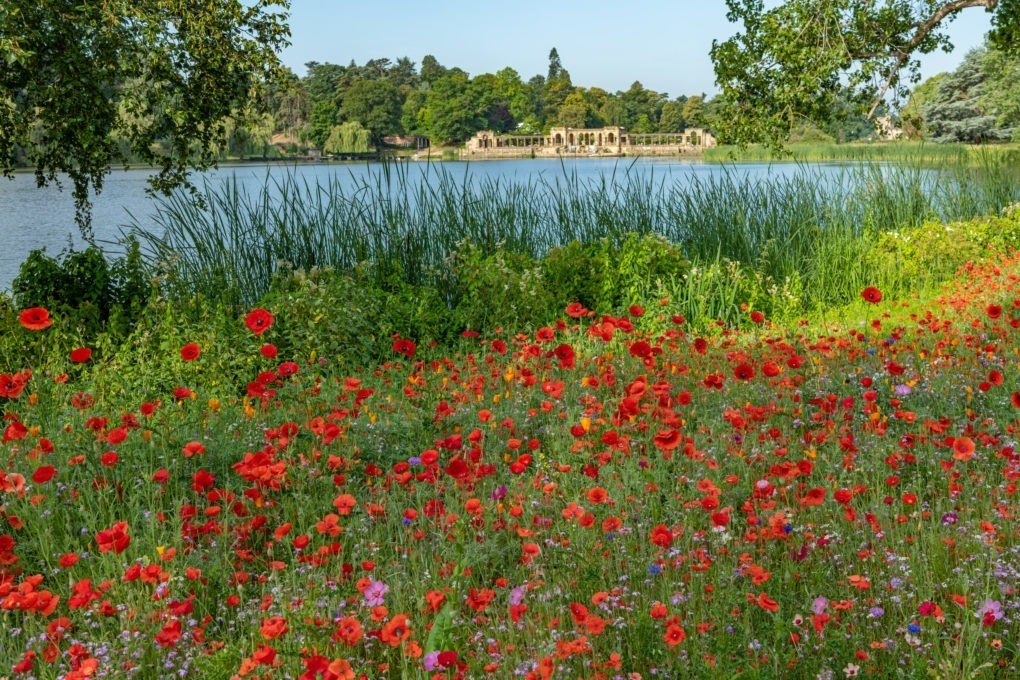
Flower Meadow
A kaleidoscope of rainbow colours has burst forth beside the Lake with fourteen species including Calendula officinalis (Marigold), Centaurea cyanus (Cornflower), Cosmos bipinnatus, Linum grandiflorum (Flax) and Papaver rheas (Common Poppy). Sown during the period of April – June, the flowering period of this rainbow mix will continue here until November.
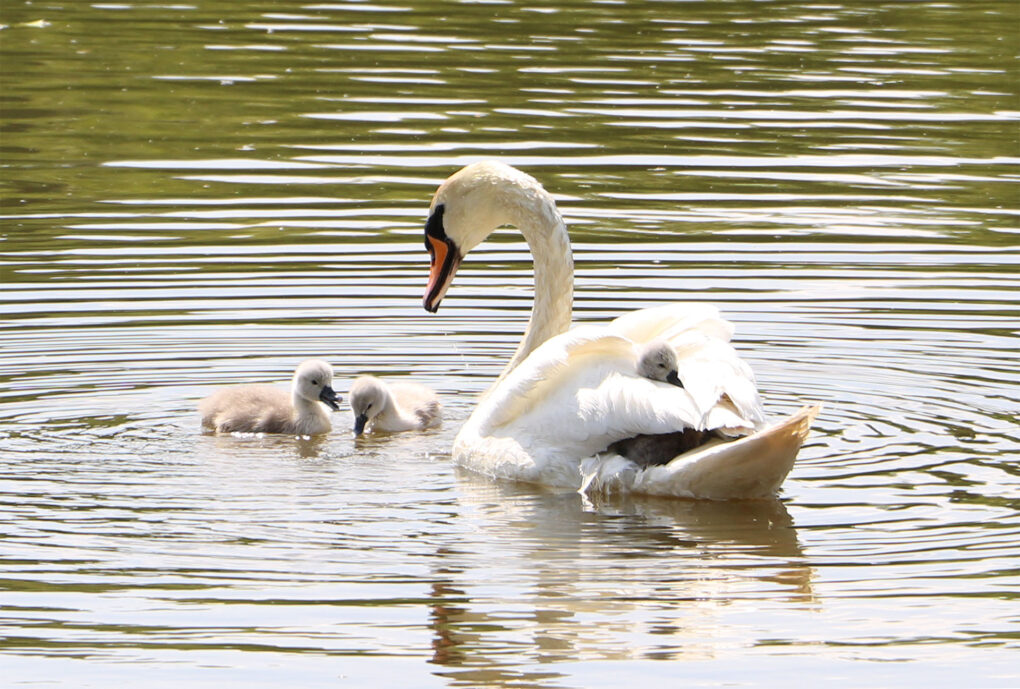
Birds & Waterfowl on the Lake
Take a peaceful walk around the lake and along the way see bird boxes that are home to owls, blue tits, robins and woodpeckers and look out for kingfishers, swans, herons and crested grebes on the lake itself.
Tawny owls, barn owls, common tern are also hugely impressive when they appear to almost hover above the lake and dive down to catch a fish.
In the reed beds, watch for wrens nesting in the litter and listen out for reed warblers and their distinctive sound. Reed warblers have increased in recent years due to the sewerage lagoons planted ½ mile away from the lake which has also become a fantastic haven for insect life and a very healthy eco system.
The magnificent sound of the nightingale is a good reason to stay in the B&B in the earlier part of summer. On a quiet evening when visitors have exited the grounds you may be lucky enough to hear is glorious song. In recent years this bird song has become more common place around the lake and the river.
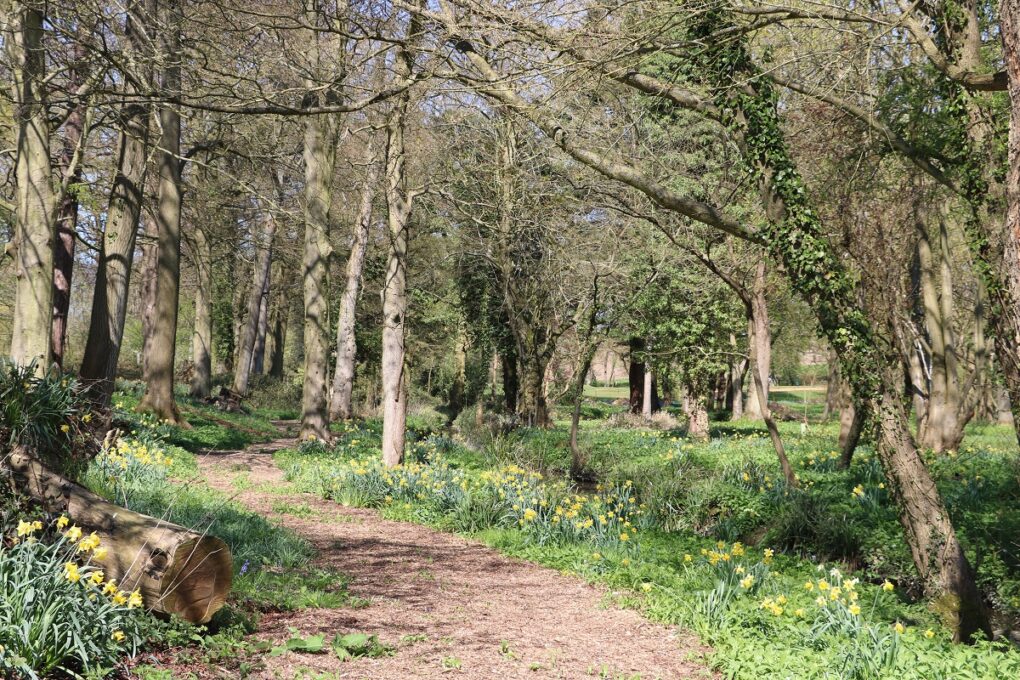
New Smugglers Way
New Smugglers Way sits at the far end of Lake Walk, towards the Golf Course. It follows a gentle stream that feeds into the River Eden and a footpath of the same name that can be identified on maps dating back to the creation of the gardens by William Waldorf Astor. In spring daffodils, bluebells and wild garlic populate the area with its open tree canopies and dappled shade. In autumn the Japanese maples (Acers) come to the fore with their striking colour.
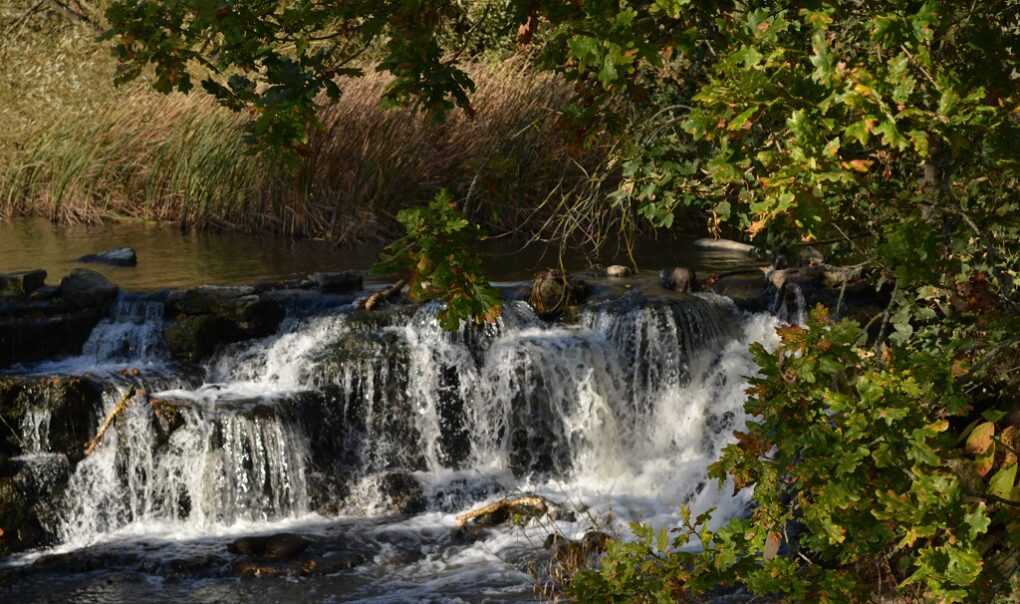
Waterfall
At the far end of the Lake sits an impressive waterfall that was built when William Waldorf Astor decided to covert 38 acres of low meadow into a body of water. From the bridge you can often watch waterfowl bathing in the cascades and if you’re lucky you may even spot the resident heron.
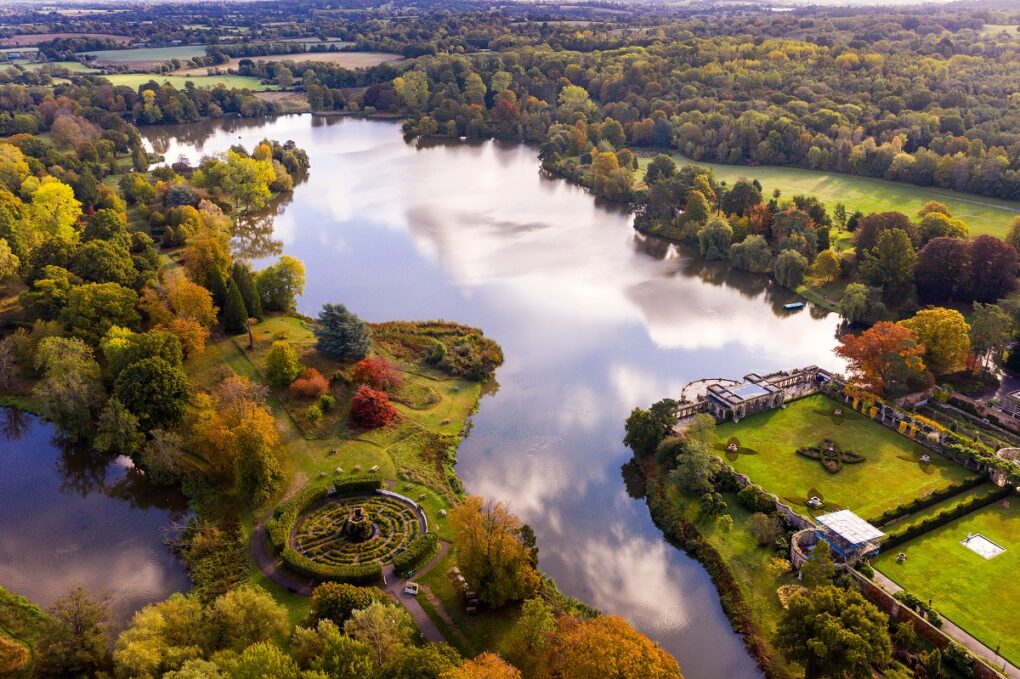
Stone and Mechanical Weir
The weir was originally built when the lake was constructed during the 1904-1908. The mechanical weir, designed to control the level of the water in the lake, can be raised and lowered as necessary. The River Eden, of which the lake is part, continues its course eastwards in a series of meanders until it flows into the River Medway near Tonbridge.
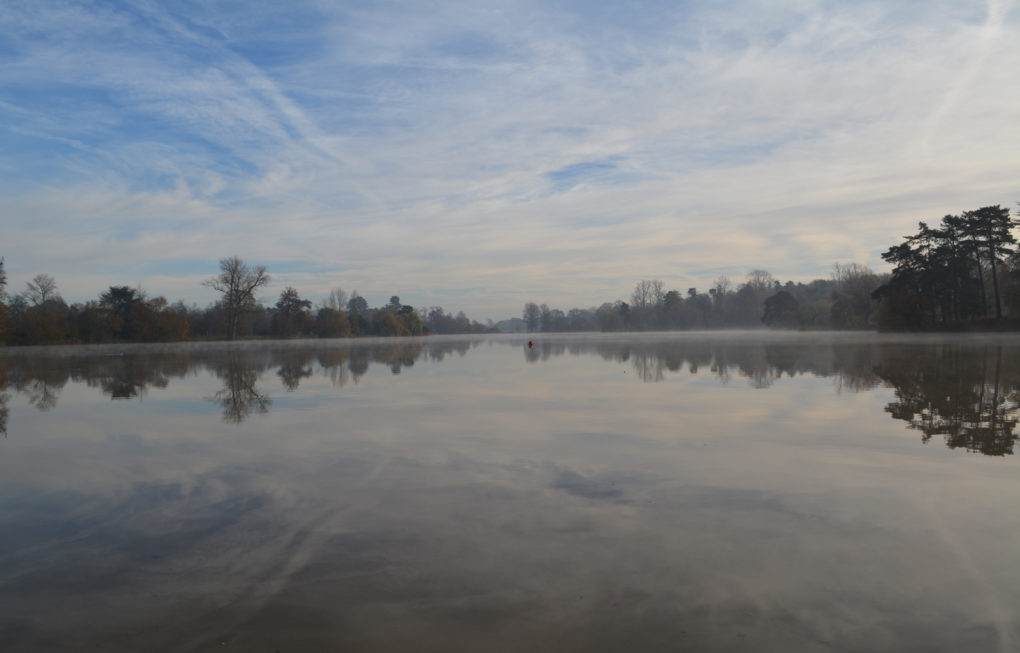
Pillboxes
The form part of an extensive system of defence built in 1940 to counter the threat of invasion. The system in the south east of England consisted of 3 ‘stop lines’ covering major strategic features, such as river valleys, and in particular the River Eden. Pill boxes were built along the north bank of the river at 300-400m intervals – often staggered to provide interlocking fields of fire. Here 3 pillboxes are spaced much closer together to cover what would have been a key crossing point.
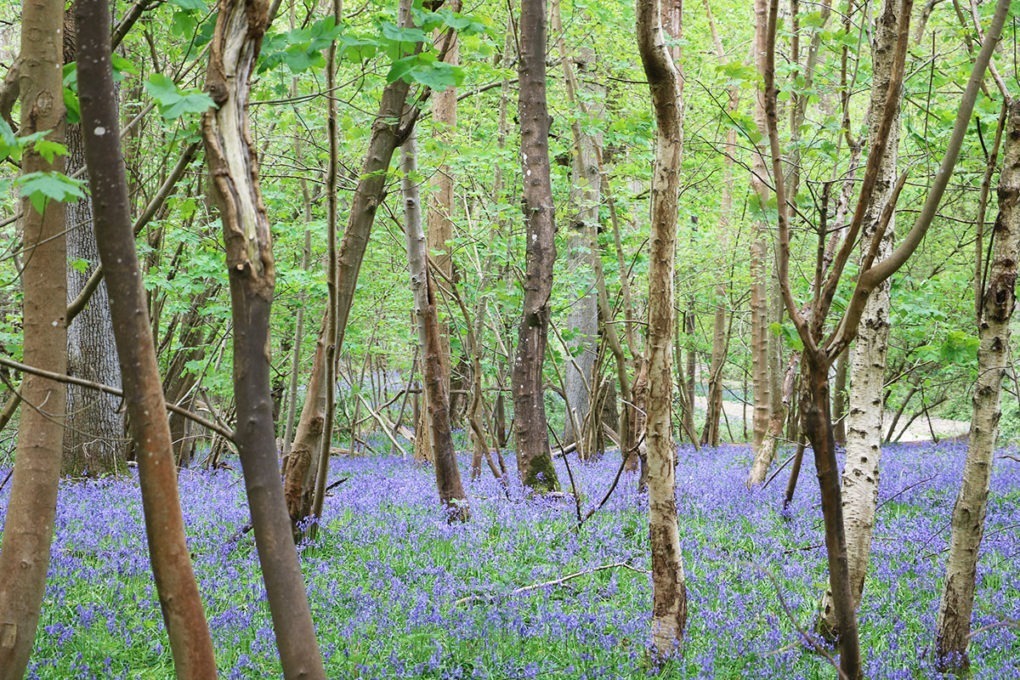
Woodland Walk
As long as the paths aren’t sodden then Woodland Walk is another great route, just off Lake Walk. This area is particularly stunning in late April and early May when the Bluebells are resplendent or in March/April for the ‘double daffodil’ which is rarely seen growing in the wild in the UK this century.
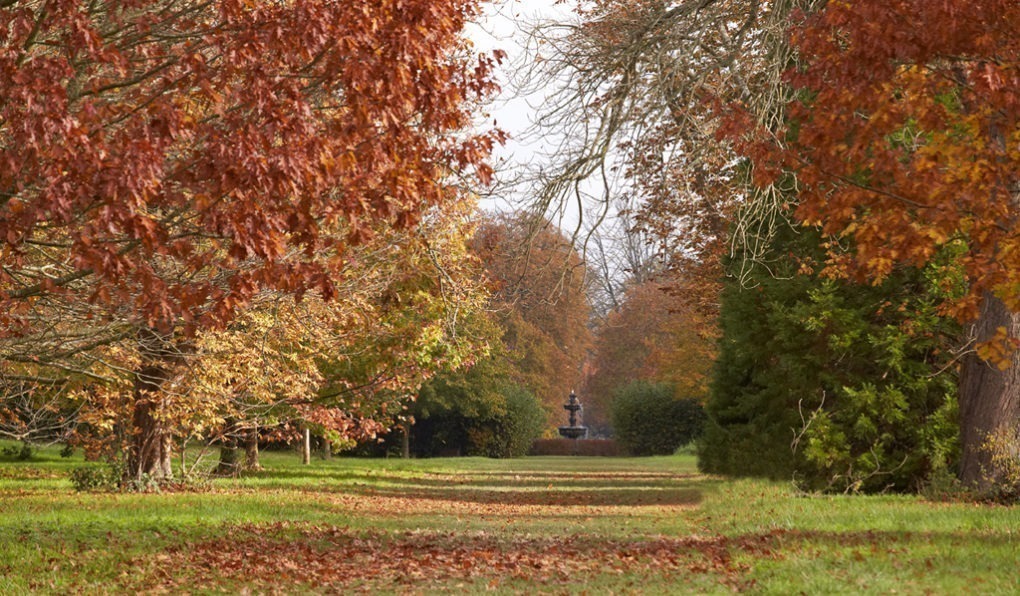
Chestnut Avenue
This feature of the walk is remnant of the original long avenue planted 1904-1908 designed to lie on the same axis as the Long Gallery in the Castle. The avenue started from the side of the outer moat and ran the whole length of Sixteen Acre Island and beyond. The avenue suffered extensive damage from the ‘Great Storm’ of October 1987. The remaining trees are under attack from leaf minor and bleeding canker. The horse chestnut trees are being replaced with more resilient Spanish horse chestnut.

